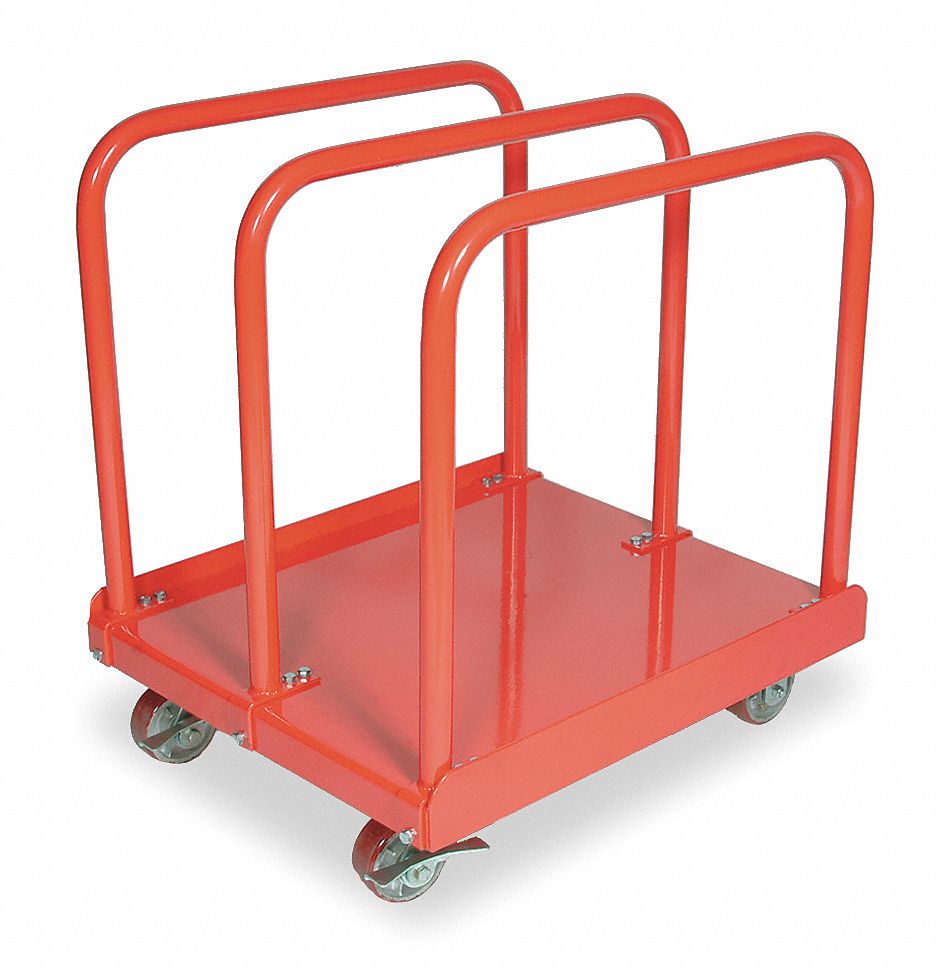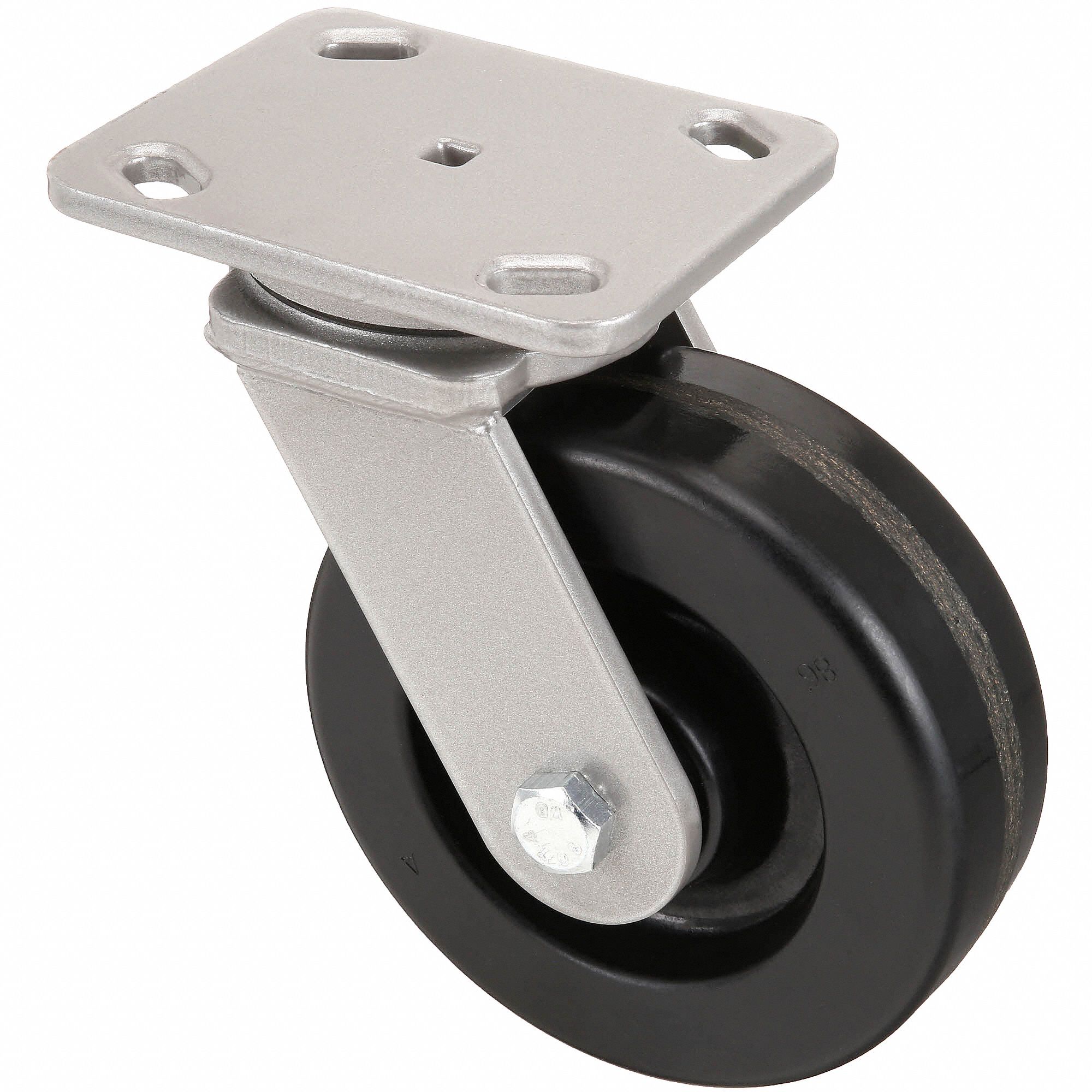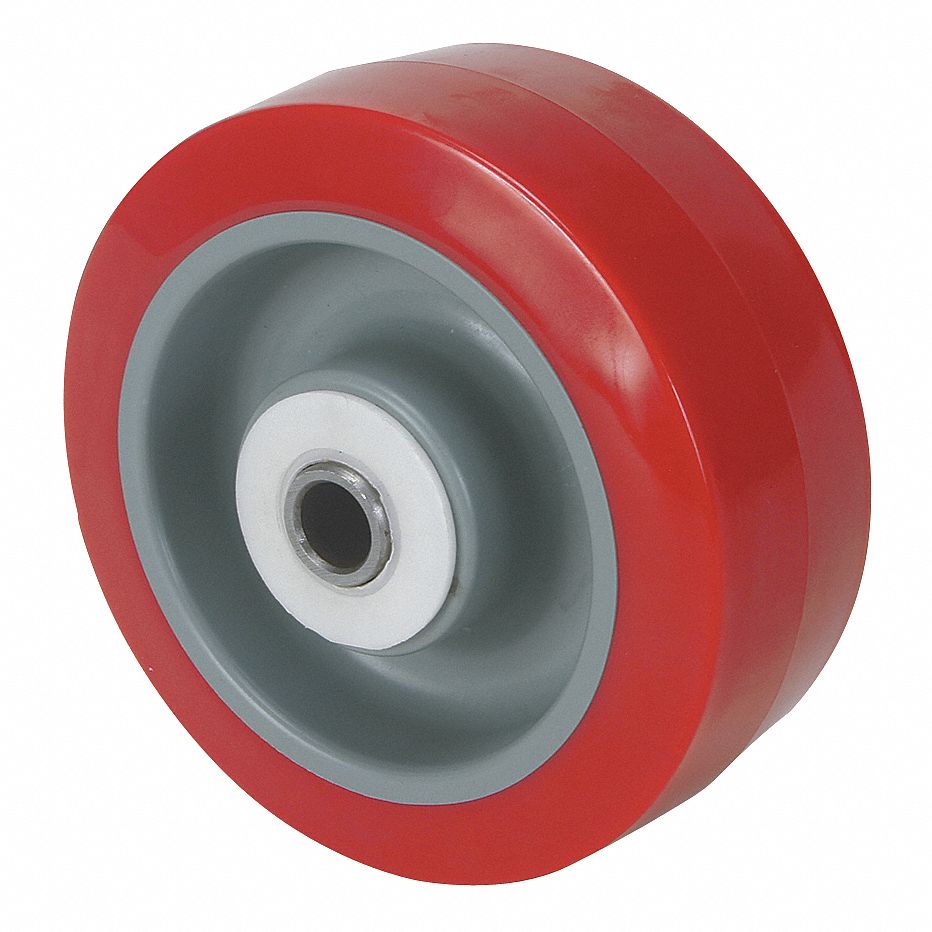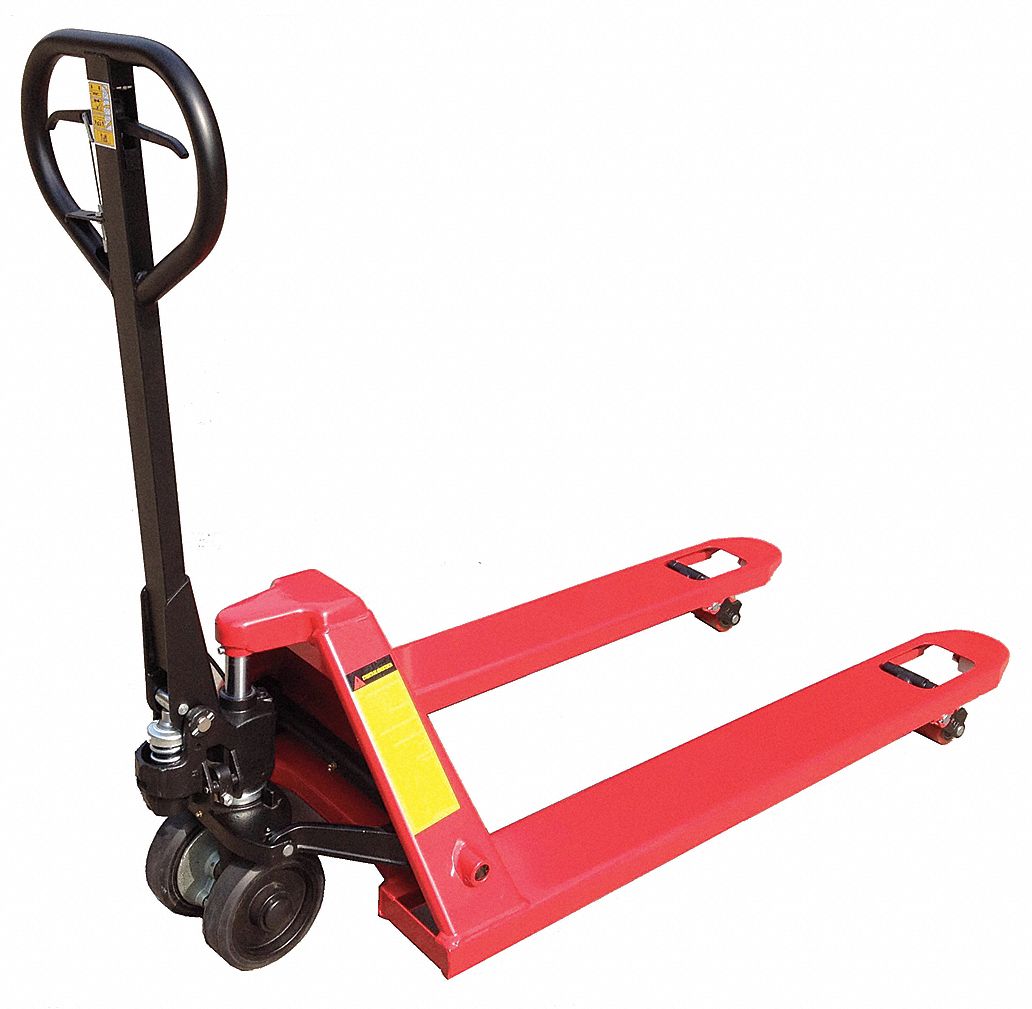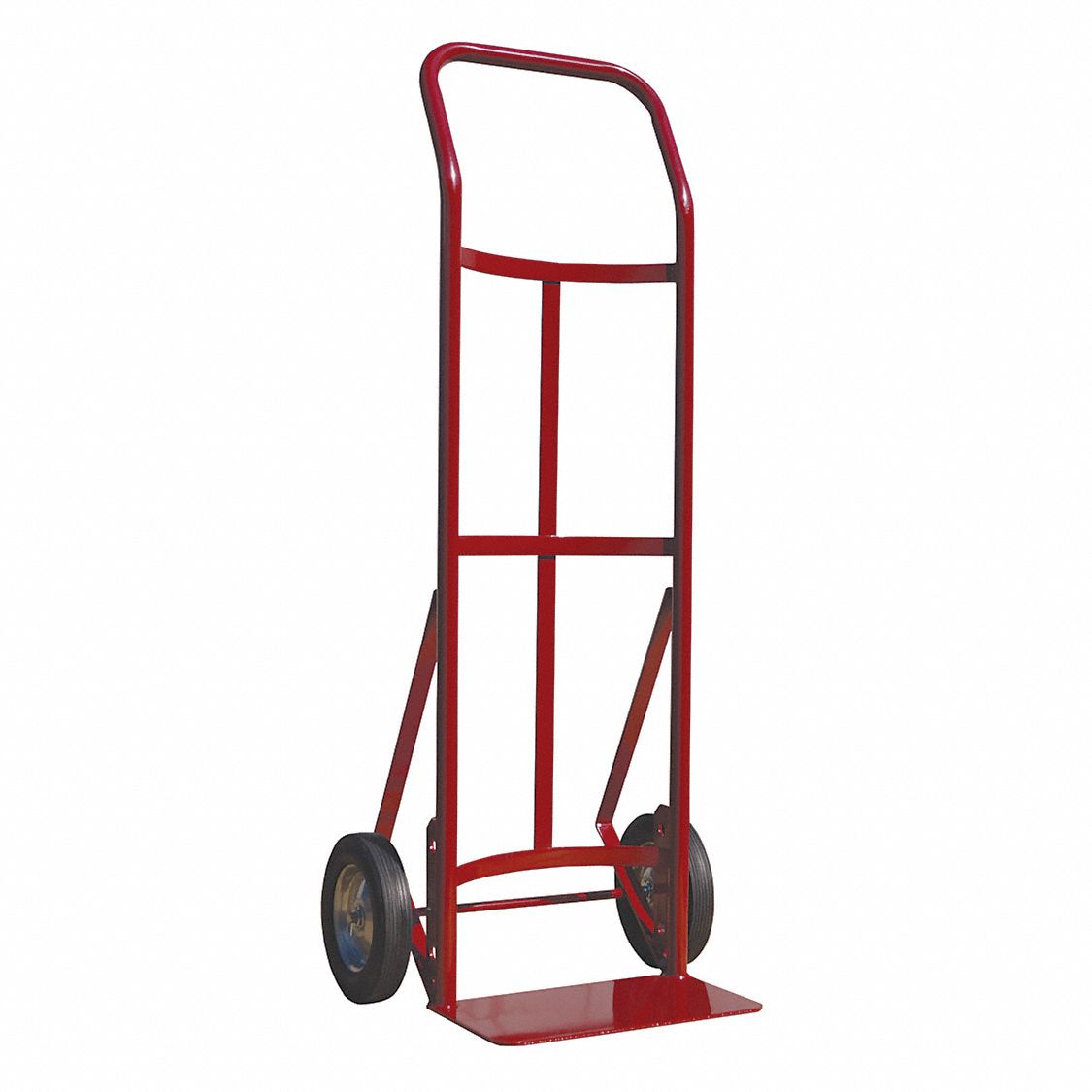

7 Ways Distribution Centers Can Lower Energy Costs
By Grainger Editorial Staff 6/22/21


Your warehouse’s electricity bill may be eating into your bottom line. Investing in energy-saving technologies can really make a difference for distribution centers. Consider these seven tips to help cut your facility’s energy costs year-round.
1. Conduct an Energy Audit
The first step in investing in efficiency is to find out where your warehouse is wasting energy. CIO Magazine recommends adopting an energy enterprise management system to monitor your facility’s electrical load. This kind of software can track your power consumption patterns. Once you understand where the electrical demand is coming from, you’ll be able to identify areas for improvement.
2. Put it on Autopilot
There’s no sense in paying to light unstaffed sections of the warehouse, or running the air conditioner at full power when the facility is empty at night. Smart thermostats and motion-sensing lights can make energy savings automatic.
3. Upgrade Lighting
Energy Star reports new LED lights are 90% more efficient than incandescent bulbs, and, unlike compact fluorescent bulbs, they produce virtually no waste heat. HID metal-arc lighting fixtures are also highly efficient, but their long warmup time make them unsuitable for use with motion sensors.
4. Look to the Sky
The hot summer sun beating down on your warehouse’s roof can drive up energy costs. Instead of wasting that sunlight, consider putting it to use. Skylight panels can allow natural sunlight to supplement indoor lighting, and installing solar panels to turn sunlight directly to electricity can also provide a good ROI. Rooftop solar panels typically pay for their installation in less than ten years according to CNET.com, and less than 3 years in some of the sunniest areas.
If skylights and solar panels are impractical, a cool roofing material can reflect solar heat back to the sun. The Department of Energy reports that reflective roofing materials can lower the roof temperature by as much as 50 degrees during intense sunlight, cutting down on cooling costs.
5. Invest in Insulation
Old fashioned fiberglass insulation is a reliable way to cut heating and cooling costs. According to the North American Insulation Manufacturers Association, lining the walls and ceiling of a metal building with fiberglass insulation can not only reduce heating and cooling costs, but it may also prevent unwanted condensation and provide acoustic damping.
You may also reconsider your heating and cooling strategy. You may not need to maintain a constant temperature throughout every area of the warehouse. Installing radiant heaters in heavily staffed areas like offices and the loading dock will keep workers comfortably warm without unnecessarily heating the vacant areas of the distribution center.
6. Seal and Circulate Air
Air infiltration can dramatically increase heating and cooling costs. Plant Engineering Magazine reports that the unsealed hinge gaps on a typical loading bay door create the equivalent of a 2.5 square foot hole in the wall. Steel leveling decks are also an excellent thermal conductor, transferring heat from inside the loading dock to the cold air outside. Sealing these gaps and installing underfloor insulation can greatly reduce heating and cooling demand.
Improving air circulation can also create efficiency gains. High Volume Low Speed (HVLS) fans can circulate warm air from around the ceiling, creating a more even temperature throughout the facility. According to Plant Engineering, better air circulation can reduce your warehouse’s heating costs by up to 30%.
7. Check Your Surroundings
The design of your warehouse's landscaping and paved areas can generate energy savings. The Washington, D.C. Department of Energy and Environment recommends planting shade trees around your building to reduce sun exposure. Using reflective pavement aggregates and sealers can cut down on the "heat island" effect, lowering the air temperature around your warehouse by as much as 0.9 degrees Fahrenheit in the summer, according to research by the Lawrence Berkeley National Laboratory.
Energy efficiency can seem like an afterthought for warehouses, but the potential savings are worth investigating. Get more insights about energy management here.
The information contained in this article is intended for general information purposes only and is based on information available as of the initial date of publication. No representation is made that the information or references are complete or remain current. This article is not a substitute for review of current applicable government regulations, industry standards, or other standards specific to your business and/or activities and should not be construed as legal advice or opinion. Readers with specific questions should refer to the applicable standards or consult with an attorney.

